Sanatana Dharma (Eternal Religion) - Part 1: An Introduction to Spiritual Thought and Practices
Isolated in ones sense of self,
a body sits, motionless,
the breath abated,
a mind far forgotten,
eyes drawn back,
an eye now opens,
to bliss sublime without any time,
space it seems also a dream of mine,
when all around is light divine.
Setting a Strong Foundation
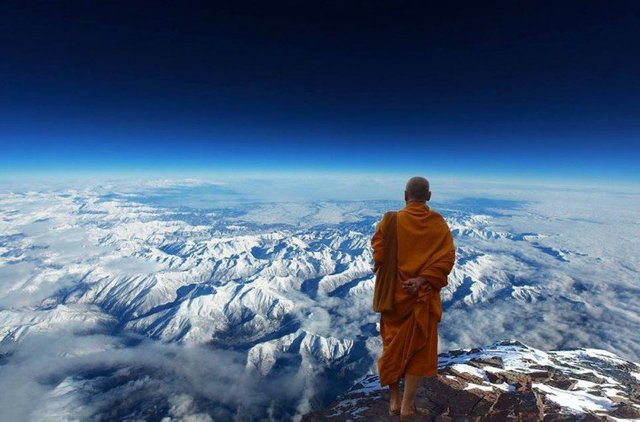
Actual monk at high altitude in the Himalayas
In the ancient and mystical land of India there is a beautiful language called Sanskrit. It is a very interesting language. Many of the words and concepts are unique to it alone. Other languages simply don’t have equivalent expressions and this goes a long way to showing the state of being of the ones who formulated it.
In India it is customary for those so inclined with contemplative natures to embark upon the ashram life. This is the Western equivalent of a monastery. Here the individual would engage in asana or physical postures to increase ones flexibility, recitation of mantras or the repetition of poignant lines and also to engage in stilling the body in a fixed posture and silencing the mind, otherwise known as meditation. This was all so one could directly experience the ultimate goal of moksha, or liberation.
With that being said, this series main title is Sanatana Dharma and this is probably one of the most important concepts when understanding the heritage and predominate purpose of Sanskrit– a language born from the desire to express spiritual principles and practices in and incredibly broad yet refined way. It is a choice few of these words and phrases from this language I would like to cover in this series.
But today I want to just talk about three things: 1) how direct is experience is the primary source of knowledge, and how 2) words come after this for 3) the framework of Sanatana Dharma or the Eternal Path to be walked and then to be directly experienced once again.
In future posts I will focus an entire entry to one specific concept and/or practice. But laying a good foundation by discussing the aforementioned will be a great way to start things off.
Direct Experience as the Most Valid Source
Firstly, unless anecdotal of specific storied events, most works were a result of the high level direct personal experience of beings who wrote them, way beyond the reach of words. It is from this point that the Rishi’s, or sages of yore, made efforts to create frameworks for others to envision and then directly experience for themselves. They created the Sanskrit language expressly for this.
Some of what is told in the spiritual classics of India may seem outlandish and downright impossible by today’s standards. But with some of the more controversial and flamboyant stories set aside, all the major works have an underlying thread, linking recurring thoughts into a ultimate end goal, that of a ultimate freedom, or moksha.
Moksha is to behold oneself as all that is around oneself, beyond the limits of ones body and mind. But also can include what is known as Vishvarupa Darshan, where I behold my universal self and experience all things in existence. Something utterly unimaginable.
Its also said that to directly spend time around one who has attained these states and lives knowing ones all pervasive self each moment is one of the greatest blessings when trying to achieve the same.
A Spoken Training Most Sublime
So after the direct experiences of the Rishis, they desired to create a way of compelling others to set out on the Path and experience it themselves.
They created many sayings that we now know as certain classics. However, the majority of the spiritual masterpieces of India where initially only spoken, recited as a methodical mantra. Each line was repetitiously recited until total memorization had been achieved. Being written down was a not the main goal or use for them. They were also augmented into a song form known as bhajan.
There are probably exceptions with the longer classics like the Mahabharata and Ramayaṇa. They likely had their main events penned soon after them occurring. However, smaller works like the Upanishads and the Patanjali Yoga Sutra where almost definitely passed down orally.
So after innumerable recitations by disciplelike lineage the most popular where penned to paper for the masses to see. It is from the more popular works that I will draw from in the following parts to this series.
The Eternal Religion
So with this background outlined we come back to the title of this series - Sanatana Dharma. It means ‘Eternal Religion or Path or Philosophy’. Now religion may have negative connotations to many, but here there is none to be found. Here one could use any word denoting a set of structured words that point toward something greater than the words themselves.
So what is Eternal? Eternal is a great word. In the English language it is a most cherished word used by romantics throughout the ages to declare their undying love for another or the beauty that meets the eyes which gaze across a vast natural expanse.
But what is truly Eternal? I can watch my lover pass away in my arms, or the natural scene of a great forest be burned away. For the sake of exploration, we could say that Eternality has 3 qualities:
1) it is without beginning and without end,
2) so it is all-pervasive,
3) and is also immanent right here right now
Being infinite, universal in scope, across all time and space, what a mind blowing experience this must be, and how passionately the sages of old must have imbued through subtle osmosis the nature of this supreme reality upon those open enough to such a profound occurrence.
It is said that when one realize this as ones true nature, that you are all-pervasive, that you were never born and will never die, that great bliss and pace are felt as one becomes aware of the body again. So overwhelming, like a torrent of ecstasy cascading throughout ones being.
Being an infinite source, it satiates one sense for constant fulfillment, negating fear and desire, just peace unending, and joy unlimited.
TO BE CONTINUED…
In future articles I will go into detail into the theory of how to apply many of the mental and physical practices that are used to prepare one for such experiences.
I hope you enjoyed reading and if you feel you will life future content please follow @onesunbeingnow
Many thanks, Onesun :)
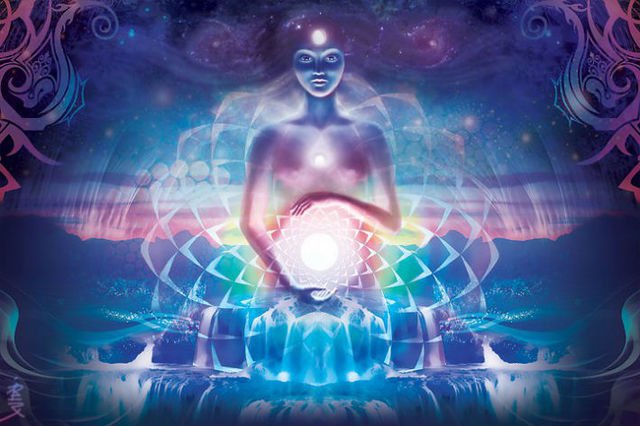
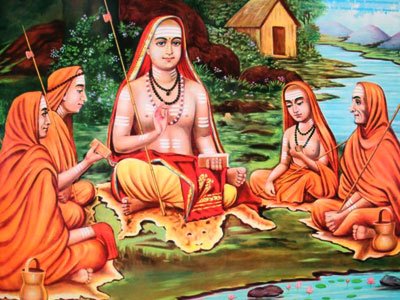
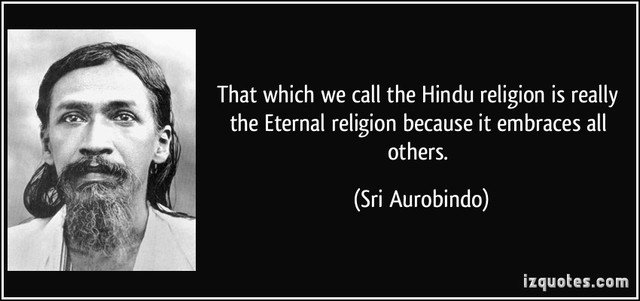
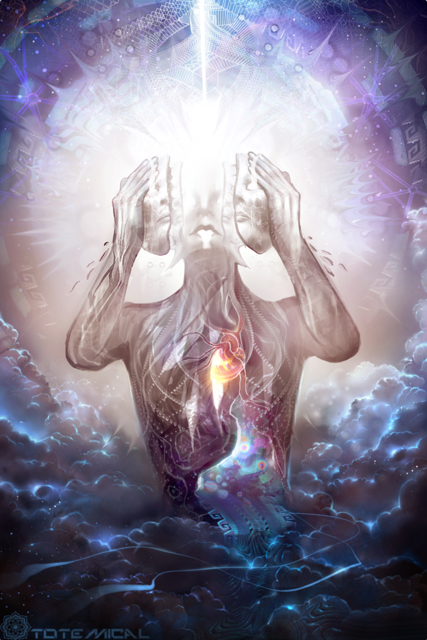
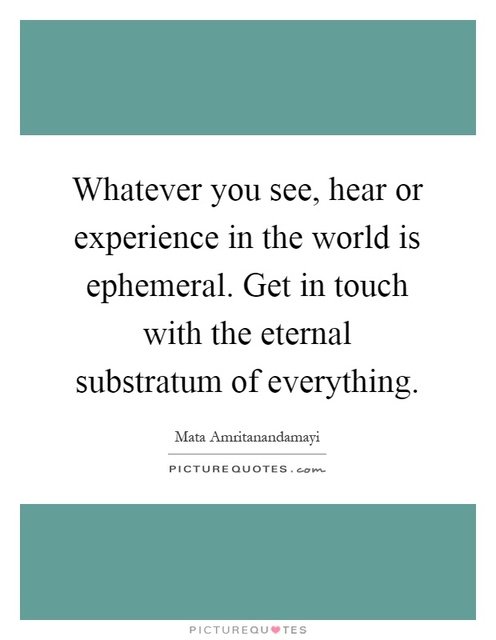
Age becomes experienced wisdom.
I really enjoyed your post, and the way you put it together. Thank you!
Thank you for taking the time to read it :) great to hear you enjoyed it :)
My pleasure! :)
Fantastic! This is why I'm on Steemit. The experience of life is less than satisfatory. Hopefully the journey of our soul can incorporate our experience of life. And we can move to the next level. Namaste
It always about using life experiences to move higher or stay in a high flow. Namaste ~*~
I Like it a lot, the flow and the content :)
Thank you, I appreciate your comment :)